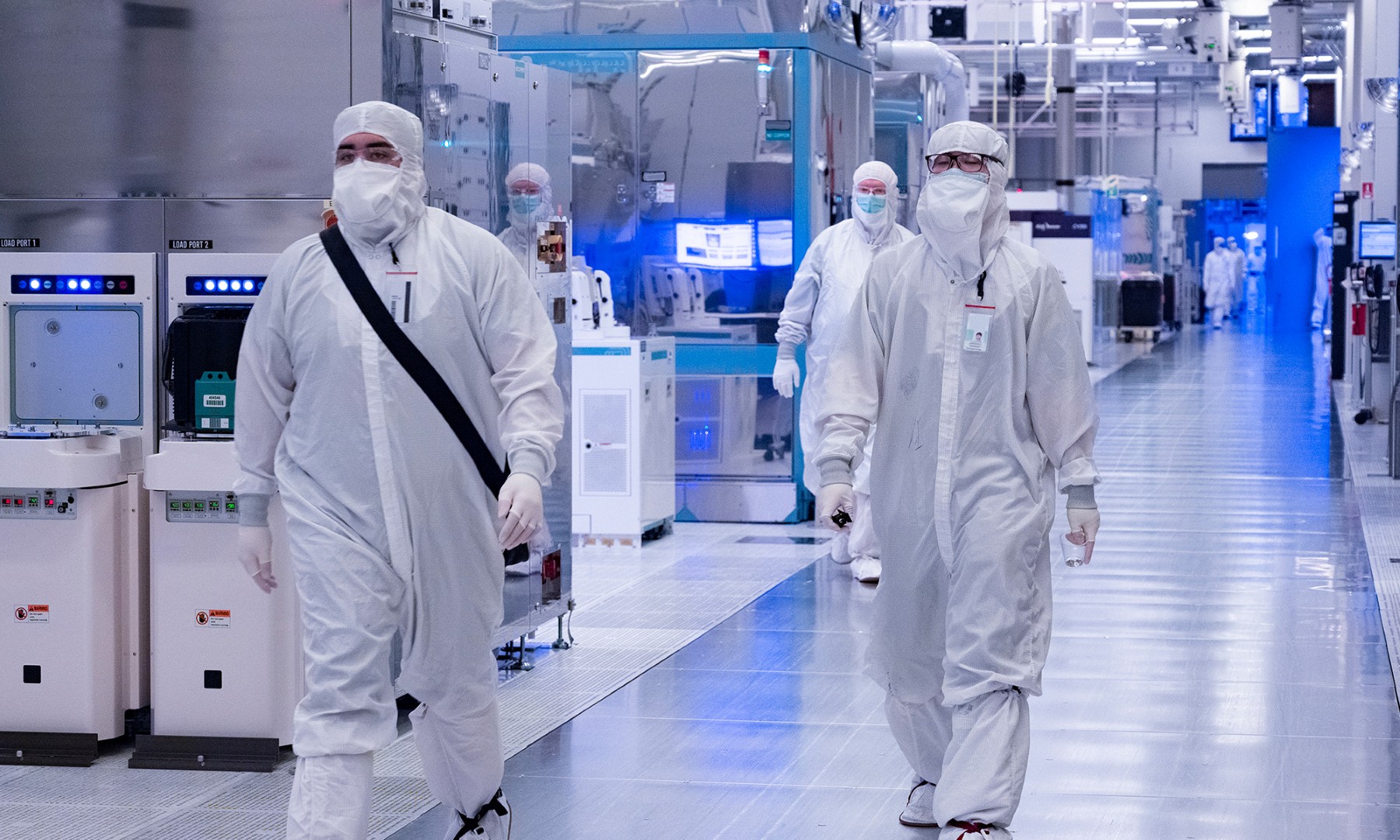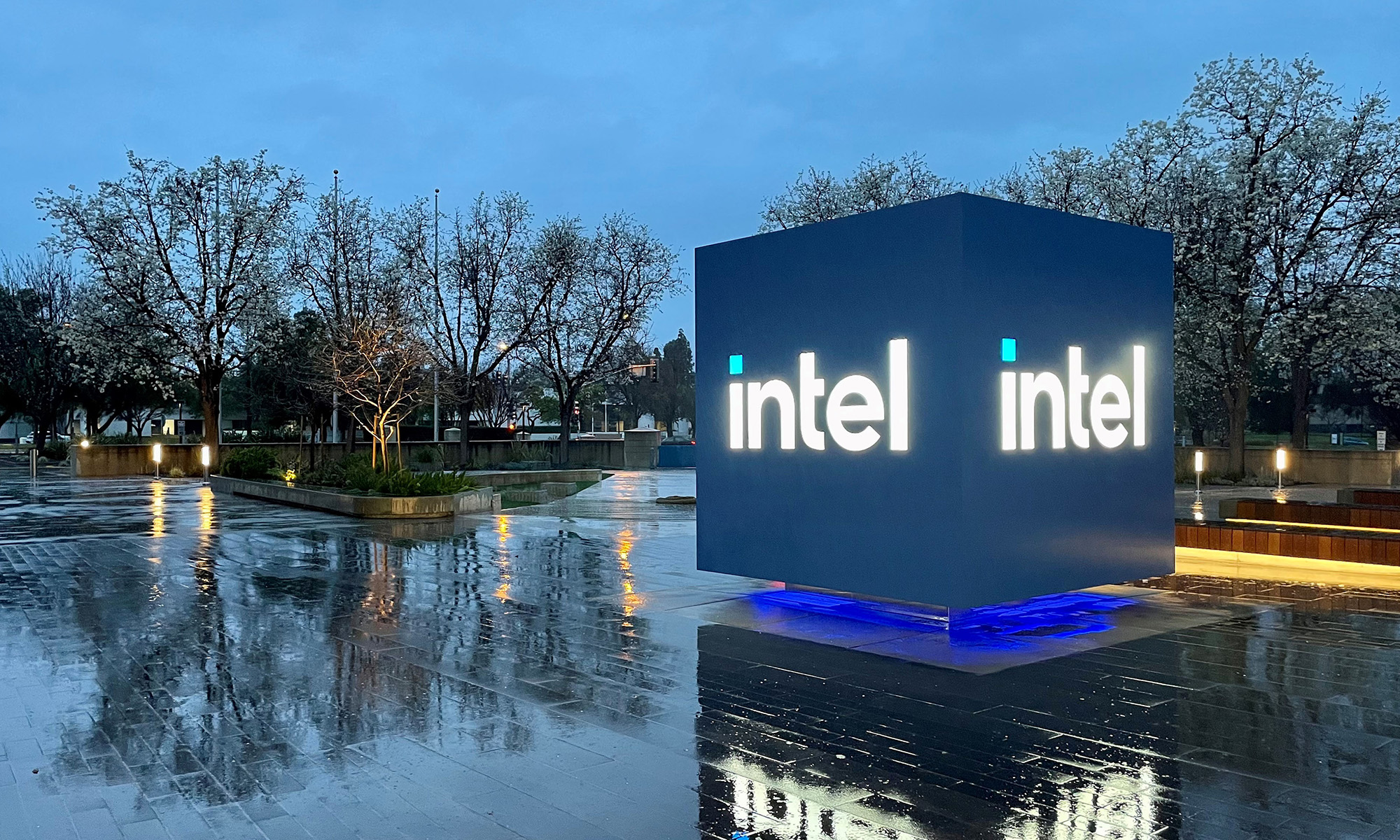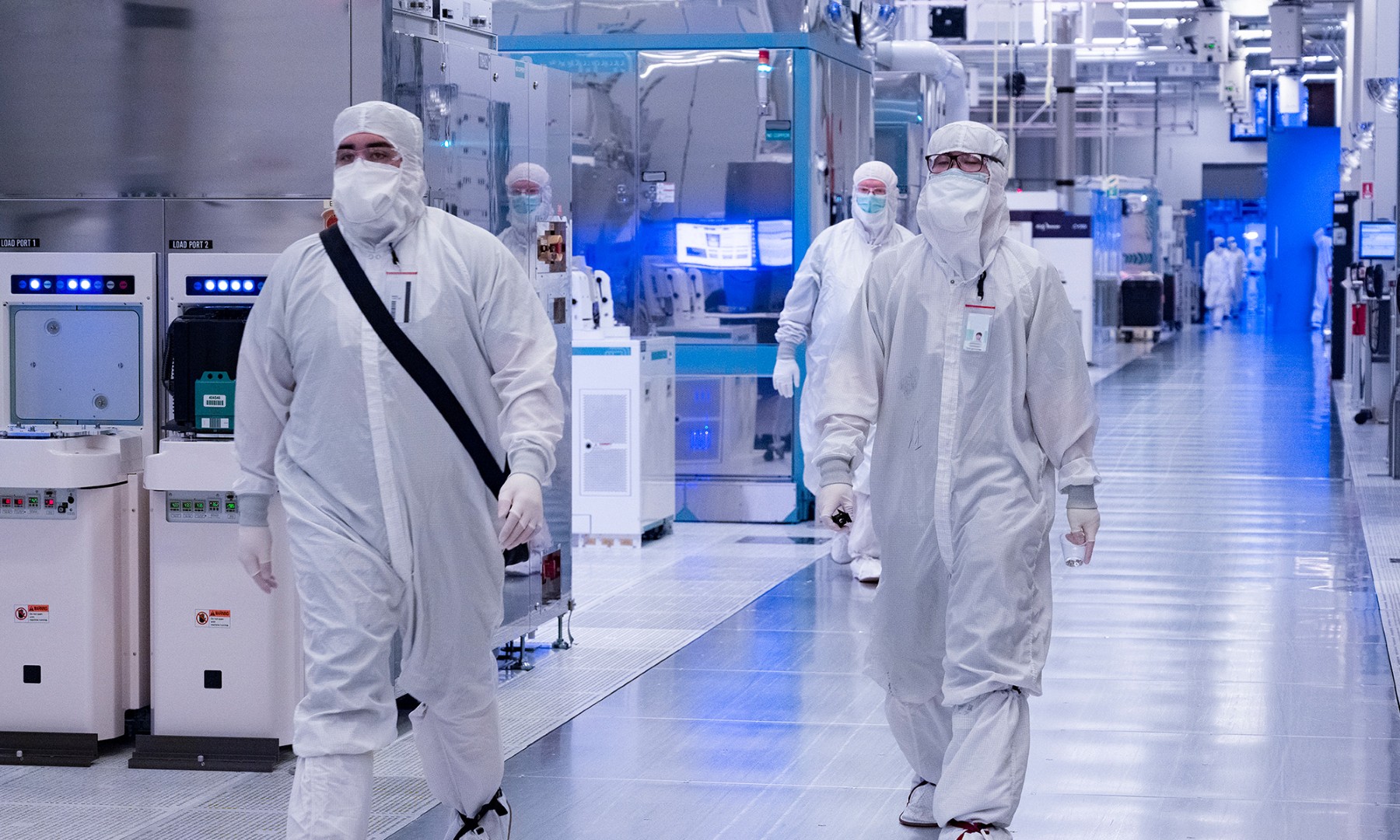Intel's (INTC +10.56%) data center group (DCG) is a hugely important business segment for the chip giant. Last quarter, DCG pulled in $6.14 billion in revenue, which led to $3.08 billion in operating profit. Year to date, those figures were $16.92 billion and $8.42 billion, respectively.
In the current quarter, according to Intel CFO and interim CEO Bob Swan, this segment is on pace "to set another revenue record of approximately $6.3 billion in the fourth quarter."

Image source: Intel.
Most of Intel's DCG revenue comes from the sale of so-called "platforms," which the company says "incorporate various components and technologies, including a microprocessor and a chipset, a stand-alone SoC, or a multi-chip package." In fact, of the $16.92 billion in revenue that DCG turned in year to date, $15.56 billion -- nearly 92% of DCG's total revenue haul -- came from sales of platforms.
The bulk of Intel's data center processors are sold under the Xeon brand, although the company does also offer low-end parts under its Atom brand.
On Nov. 4, Intel announced two new Xeon processors. Let's take a closer look at them.
Xeon E for the low-end
For many generations now, Intel has reused the same basic chips that it sells into the consumer desktop market as low-end Xeon processors, although with some minor feature differences such as support for error correcting code (ECC) memory. On Nov. 4, Intel announced the general availability of its latest low-end Xeon processors, known as Xeon E.
According to a post on the company's website, the Xeon E-2100-series chips are "targeted at small- and medium-size businesses and cloud service providers."
Intel claims that these chips "[support] workloads suitable for entry-level servers, but also [have] applicability across all computing segments requiring enhanced data protections for the most sensitive workloads."
Intel, for example, is also positioning these as chips for "entry workstations." For higher-end workstations, the company offers a line of chips known as Xeon W, which are based on the same chip technology as its Xeon Scalable chips.
Cascade Lake advanced performance
Intel also talked about a product called Cascade Lake advanced performance -- a product that the company says is "expected to be released in the first half of 2019."
According to a slide deck that Intel provided in a media briefing, Cascade Lake Advanced Performance represents a "new class of Xeon Scalable processors." That means the processors are intended to augment the company's standard Xeon Scalable processor portfolio, not replace it.
Intel's current Xeon Scalable processors consist of a single silicon die mounted on a semiconductor package. The company builds multiple dies with varying core counts to enable the wide range of SKUs that it offers.
These new processors, by contrast, incorporate two silicon dies on a single package to increase core counts. The current Xeon Scalable processors as well as their successors, known as Cascade Lake, top out at 28 cores on a single die. These Cascade Lake advanced processor chips, on the other hand, fit 48 cores onto a single package (suggesting two dies with 24 active cores each on the package).
Intel says that these chips are "designed for the most demanding high-performance computing (HPC), artificial intelligence (AI), and infrastructure-as-a-service (IaaS) workloads."
It's worth mentioning that Intel disclosed in August that artificial intelligence workloads "drove [more than] $1 billion [in] Intel Xeon revenue" and projected that the total addressable market of artificial intelligence data center logic silicon is set to grow from $2.5 billion in 2017 to between $8 billion and $10 billion by 2022.






